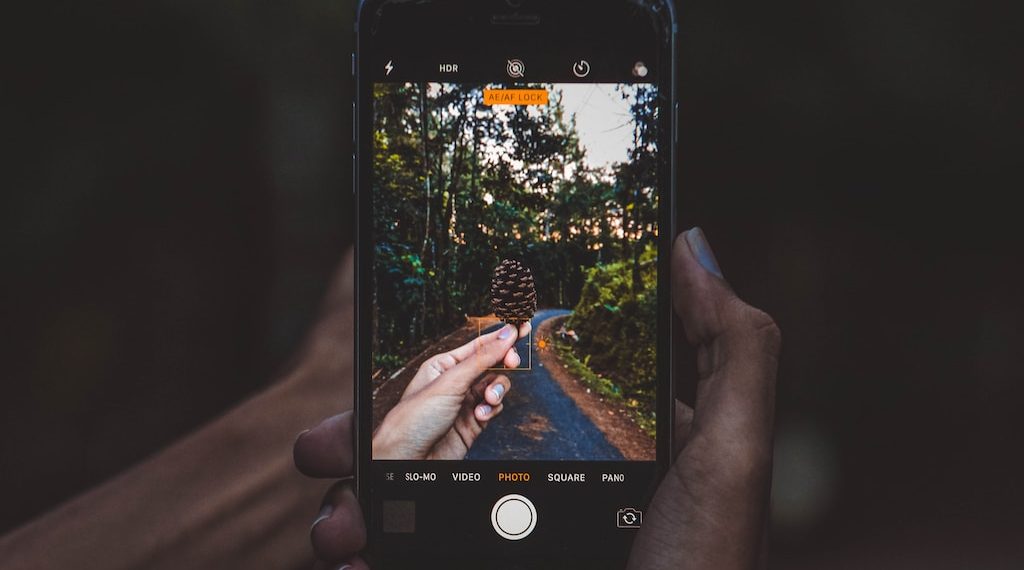in a world rapidly shifting towards digital dominance, images play an influential role in how we consume content. Whether it’s the snapshots we take on our smartphones, the photos we upload to social media, or the images businesses utilize to enhance their digital footprint, it’s imperative to have the right tools for seamless image processing. One such vital tool is the image resizer. Let’s embark on an exploration of its significance, specifically focusing on the conversion of a prominent format, heic.
The emergence of heic
with the evolution of technology, even the formats we use to save images have seen significant upgrades. Heic (high efficiency image file format) emerged as a front runner, especially after its adoption by apple’s ios. The format, known for its smaller size without compromising on quality, soon became a favorite among users. However, it presented a challenge. Its compatibility was limited.
The need to convert heic
while the advantages of heic are numerous, the reality remains that it’s not as widely recognized as its counterparts, jpeg and png. The implications of this are vast:
- limited accessibility on non-apple devices.
- incompatibility with several image editing tools.
- challenges in uploading to some web platforms that do not recognize heic.
to bridge this gap, the solution lies in conversion. By converting the heic images to more universally accepted formats, users can leverage the benefits of heic while ensuring broad accessibility. You can convert directly from your mobile or transfer your photos to computer to convert
Journeying from heic to jpg and png
- heic to jpg: the process of converting heic to jpg ensures that users can experience the most widespread compatibility. Jpg, a format known for its universal acceptance, ensures that images can be viewed, edited, and shared across a myriad of platforms. Its compression algorithms ensure that the image occupies less space, making it ideal for web use.
- heic to png: another significant conversion is heic to png. Png, unlike jpg, is a lossless compression format. This means that the image quality remains intact during the conversion. Ideal for digital professionals and those who prioritize image quality, png ensures there’s no degradation, making it perfect for detailed graphics and professional projects.
Benefits of image resizing and conversion
- space optimization: as the digital world grows, so does the demand for storage. By converting and resizing images, one can optimize space without sacrificing quality. You can store the optimized and organize images easily on mobile.
- universal compatibility: as touched upon, not all formats are universally accepted. Conversion ensures images can be accessed across a vast array of devices and platforms and import them to other softwares like Photobooks.
- enhanced usability: with the right format, images can be easily edited, shared, and uploaded, enhancing overall user experience.
Final thoughts
In the grand tapestry of digital content, images shine brightly. They narrate stories, encapsulate memories, and drive engagement. With evolving formats like heic offering enhanced features, the importance of tools like image resizers becomes paramount. By understanding and utilizing conversions, users can experience the best of both worlds: quality and compatibility. The digital era is replete with possibilities, and with the right tools, we can navigate its vast expanse seamlessly.

